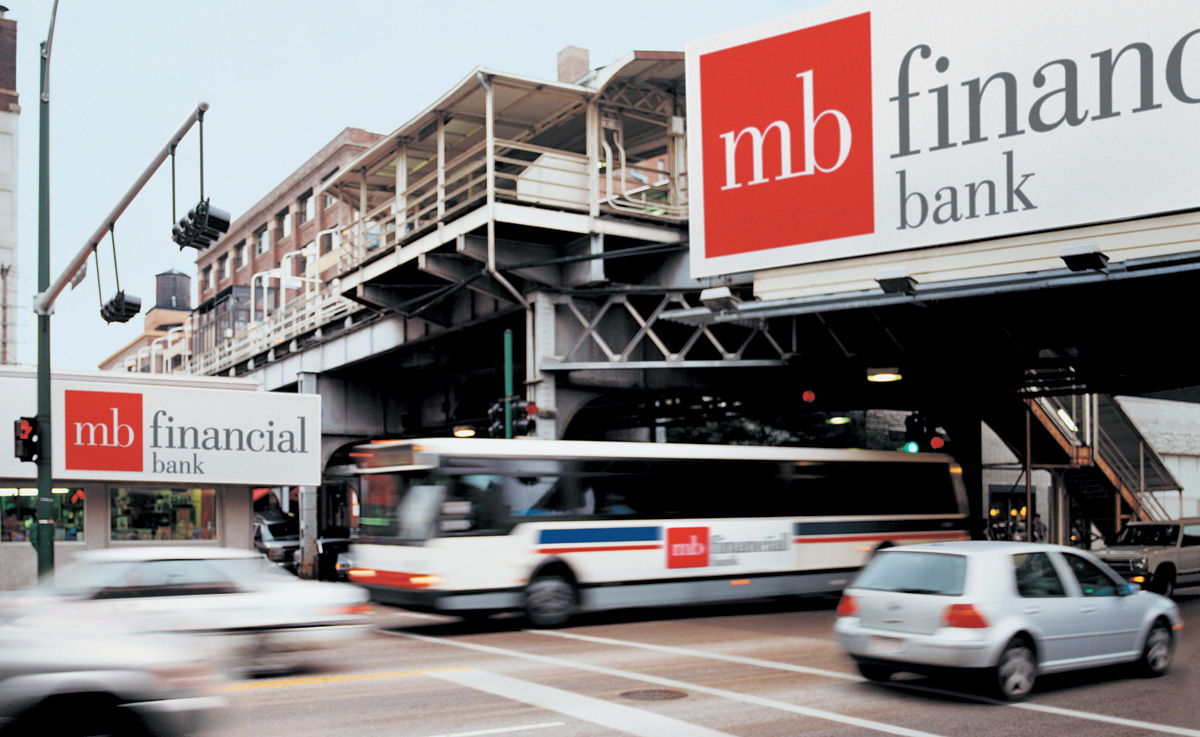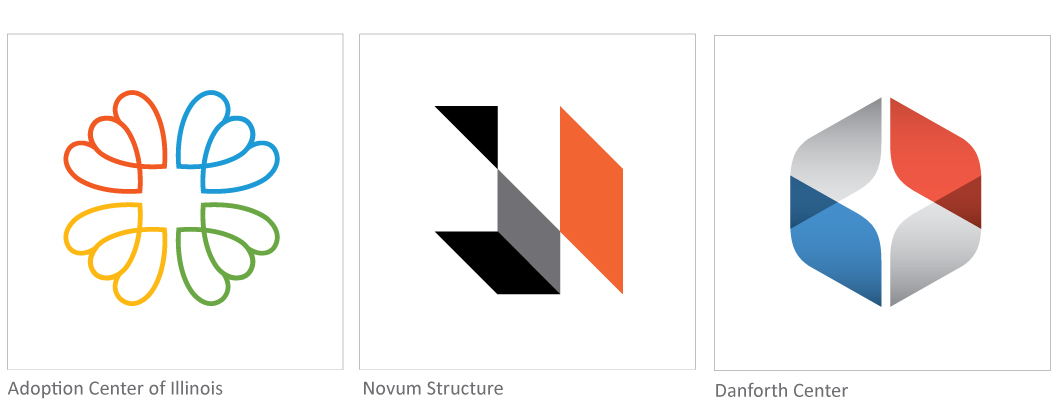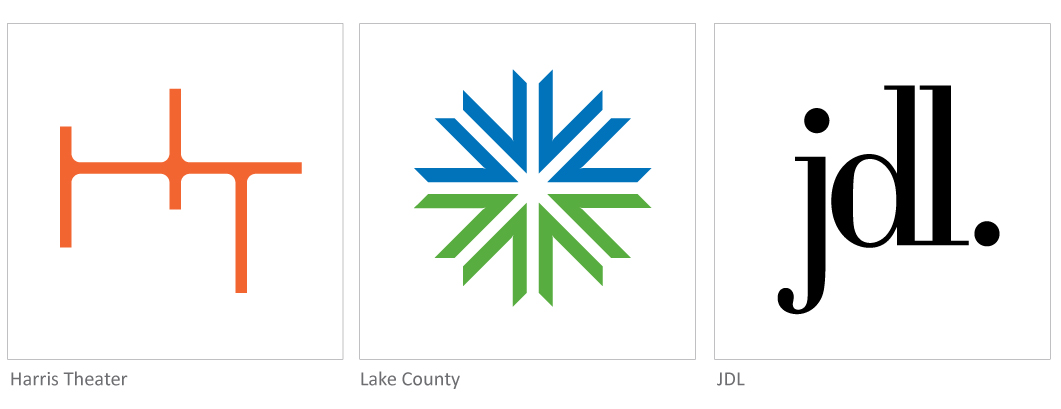The Logo: Your Company’s First and Lasting Impression

Your logo is a visual representation of everything that your company stands for. Has your logo become dated or taken a back seat to other representations of your company’s identity? Is there confusion about what you do, what you stand for, or what makes you different from your competitors? If your identity is out-of-step with your message and customers, it’s time to take a look at your logo.
This post is dedicated to the smallest, yet most important visual expression of a company’s image – the logo. Technically speaking, a logo is an “identifier”. Many designers, business people and marketers alike, think that a brand is defined simply by applying a logo to everything that they do. Actually, a brand exists before a single mark is made, and a logo should be the visual representation of a company’s core values – the gateway into the brand. Consumers connect to the company through it and decide on the company’s value because of it. While a logo takes on meaning, it’s primary purpose is to represent, distinguish, and to be a flag that identifies one company, product or service from another. In other words, the logo is where differentiation begins. As products and services become more and more similar, a strong brand image is the deciding factor among among consumers.
There are a myriad of ways that shape, texture, type fonts and images can be put together to form an identifier that represents a company, product or service. However, the juxtaposition of components that form a visual identity should not be done as pure happenstance. In the professional realm of branding, it’s vital to remember that the logo is the ultimate link to the consumer.
Consumer research tells us that decisions are really all about identity. The message for marketers is that identity is a powerful way to build brand loyalty. A strong identity resists counter attack from competitors. Messages that claim “my brand is better because of these attributes” – are not enough to overcome a strong identity-based attitude favoring a competitor. Visual identity is the foundation for brand loyalty that resists change.
Consumer loyalty unfortunately does not magically appear. The visual symbols that you create to lure customers are basically meaningless until your company can communicate what the underlying associations are and your audience will benefit from an association with your brand. Building that mental, emotional bridge takes time, skill and investment. Let’s look at Nike. The “swoosh” has no inherent meaning outside of what’s been created over time through the company’s marketing efforts, which have transformed the logo into an identity cue for athletic lifestyle. Because of Nike’s success, other athletic brands have tried to create a “swoosh” for themselves. Ironically, anything resembling the Nike logo only heightens its brand, and causes these look-alike companies to have poor brand associations with consumers.
Visual differentiation in a crowded, confusing marketplace is a difficult challenge for any business to overcome. For the businesses behind the brand, it’s also one of the most valuable achievements that quality design can produce — measurable in mind share, market share and margins. A well-executed visual identity becomes a lifelong asset to an organization. It gives brands added visibility, power and timelessness. In fact, some of the biggest success stories over the past decade of business are of companies that rejected homogenized identities to build a distinct market presence.
Grady Campbell designs visual identities that are true extensions of the brand and the companies they represent. To do this, we may plumb the heritage of a company or product to find graphic elements and express them with new relevance. Or we may explore never-before-seen forms to distinguish a brand and elevate it in the marketplace. In every identity assignment, what we create stands apart because it reflects high-quality design and the unique character and promise of the organization.
A well-designed logo is simple, extendible, timeless and unforgettable.

